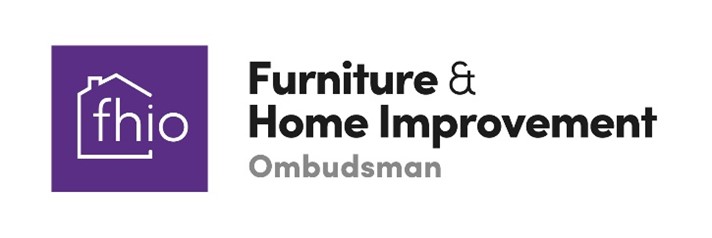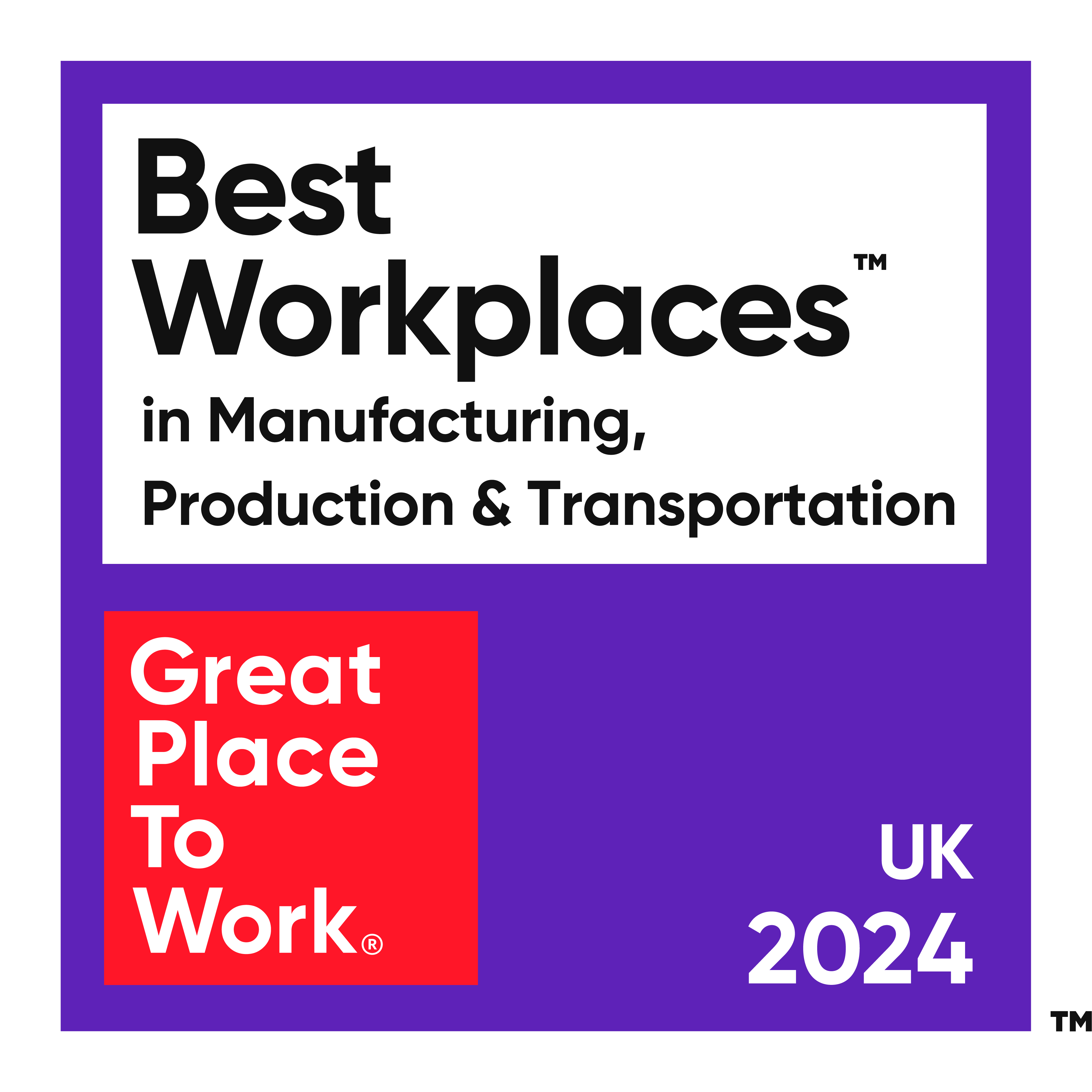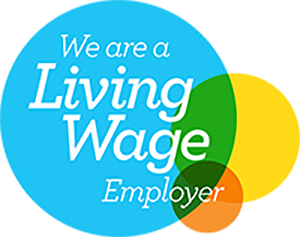Adelaide, the charming capital city of South Australia, offers a unique blend of vibrant culture, affordable living, and a high quality of life. As one of the world’s most liveable cities, it boasts a Mediterranean climate, beautiful natural surroundings, and a thriving job market.
If you’re considering making the move, this guide will provide you with an in-depth look at what living and working in Adelaide entails, from lifestyle benefits to job opportunities and practical tips for relocating.
Here’s what we’ll cover:
Living in Adelaide
Lifestyle and cultural attractions
Living in Adelaide is all about embracing a lifestyle with a balance between relaxation and excitement. Adelaide is known for its:
- Beaches: Adelaide beaches are regarded as amongst the best in Australia. Glenelg, Henley Beach, and Semaphore are continuously labelled some of the best beaches for swimming, relaxing and seafront dining. In Adelaide you will also find that beaches are less crowded in comparison to larger cities.
- Wine regions: In close proximity to world-renowned wineries in the Barossa Valley and McLaren Vale makes Adelaide perfect for wine lovers. These areas are home to some of the most notable vineyards, which are ranked top in wine-tasting tours.
- Food scene: The food scene in Adelaide is vibrant and diverse. With a wide range of restaurants and eateries, Adelaide is also home to the Central Market; the largest undercover market in the Southern Hemisphere.
Housing in Adelaide
The property market in Adelaide ranges from heritage homes to modern flats. It’s relatively stable and more affordable compared to Australia’s larger cities. Be it renting or owning a house, there are a number of options to pick from to suit any budget or preference.
Property prices and trends
In Adelaide, property prices tend to be cheaper than in major Australian cities. According to realestate.com.au the average cost of buying a property in Adelaide is $930,000 (AUD), with the average cost of rent around $620 (AUD) per week.
The cost will vary depending on the suburb or area you choose. For example, a house in Unley Park; one of Adelaide’s most affluent suburbs, could set you back an average of $2,760,000 to buy, or $1,200 per week to rent. However, more affordable suburbs such as Andrews Farm would set you back just $535,000 to buy, or $500 per week to rent.
Take this into account when researching the best area to live in Adelaide for you.
Popular suburbs in Adelaide
Family-friendly suburbs
- Athelstone: Athelstone is in the northeastern suburbs. It boasts large homes, good schools, and proximity to Black Hill Conservation Park. It’s a friendly neighbourhood with a great deal of community spirit.
- Evandale: Near the city centre, Evandale provides a safe place for families, with streets lined with trees, parks, and easy access to the central business district for shopping and cultural events.
- O’Halloran Hill: O’Halloran Hill is quiet and removed from the city. It offers reasonably priced homes, local facilities such as parks and schools, and a friendly community feel.
Upscale suburbs
- Hyde Park: Famous for its old homes, boutiques, and proximity to Adelaide Parklands, Hyde Park is perfect for people looking for luxury and convenience.
- Unley: Unley is a place for boutique shopping, nice dining, but also beautiful parks and gardens, making it an excellent choice for a balanced lifestyle..
- Burnside: Burnside is a short drive from the city centre. It has nice homes, great local services, and a friendly community feel.
Trendy suburbs
- Brompton: Popular with young people, Brompton features a vibrant cultural scene, with numerous bars, cafés, and shops, while it also provides good access to public transport.
- Glenelg: One of Adelaide’s most famous beach suburbs, Glenelg boasts a coastal lifestyle with its various shops, restaurants, and community events throughout the year.
- Henley Beach: Henley Beach is known for its variety of homes and offers a lively community with many different places to eat and have fun.
Emerging suburbs
- Highbury: Highbury is a new suburb with affordable homes. It is located between the city centre and the Adelaide Hills making it very suitable for families.
- Stirling: Stirling is in the beautiful Adelaide Hills. It has great scenery, a friendly community, and a mix of old and new houses.
- North Plympton: North Plympton is close to the CBD and is an affordable suburb that is developing rapidly, providing easy access to schools, shops, and public transport.
Housing types
- Detached houses: Traditionally, Adelaide’s housing stock has been dominated by single-storey detached houses on large plots. These types of houses can be easily identified in the suburbs and, with adequate space, can easily accommodate families.
- Townhouses and apartments: There has been a trend in the last couple of decades toward medium- and higher-density living. This means that there are now more townhouses and apartments, particularly close to the city centre. These properties are popular with professionals and downsizers.
- Historical homes: Adelaide has a rich tradition of undamaged historical architecture. Suburbs like North Adelaide and pockets of the inner suburbs have beautiful Victorian and Edwardian homes that bring character to the city’s real estate.
Transport in Adelaide
Adelaide has a good transport system, with frequent buses, trams and trains to help people move around the city and beyond. They also have well developed roads for those who wish to drive and bike tracks for those who like to cycle.
Public transport
Buses, trains, and trams are provided by the Adelaide Metro.
- Buses: The network of buses covers the entire city area, with many of them running frequently to connect the neighbourhoods with Downtown. Buses are a vital means of transportation for residents living in areas without trains or trams.
- Trains: There are train lines that link the city to the surrounding areas. The main feeder lines are the Belair, Seaford, and Gawler lines, which give access to important suburbs and towns.
- Trams: The tram system is mainly focused on the city centre and North Terrace. Trams are perfect for short trips around the city centre.
Roads and traffic
Adelaide has a big road system. Important roads and highways make it easy to reach different parts of the city and nearby areas. Some key roads are:
- North-south Corridor: It is an important road linking the north suburbs with the south.
- Southern Expressway: This highway provides a fast route for travelling between Adelaide and the southern suburbs, also encompassing popular destinations such as McLaren Vale.
- Port Road and South Road: These roads provide access to the industrial areas and the Port Adelaide region.
Traffic flow in Adelaide is usually smooth, with less traffic compared to bigger cities. During busy times, there may of course be some traffic especially around shopping areas and during big events.
Cycling and walking
The infrastructure in Adelaide for cyclists and walkers is becoming increasingly better. The
The government has invested money in bike roads and pathways. The city’s land is flat, with nice weather, making bikes a popular option to get to work.
Walking is also a good choice for many people, especially for those in the city centre and nearby areas. The clean pavements, safe crossings, and parks make walking enjoyable.
Cost of living in Adelaide
The cost of living in Adelaide is typically slightly higher than in the UK, however the salaries are also higher. This often means that people have more disposable income when they move to Adelaide from the UK.
In terms of general living costs, Adelaide is more affordable than other major cities such as Melbourne and Sydney. This can make it a great option for those looking for a city lifestyle, without breaking the bank.
Typical expenses
Understanding the cost of living in Adelaide helps in planning your move. Here’s a breakdown:
- Accommodation: The rent is inexpensive in Adelaide compared to major cities such as Sydney and Melbourne. From recent data, the average rent a week for a house in Adelaide is approximately $620 (AUD). For those purchasing homes, the prices of property are relatively low in certain areas making it more affordable for many people.
- Utilities: Utilities like electricity, heating, cooling, and water will be in the range of $200 (AUD) each month for an average-sized flat. Internet services will range from around $60 to $80 (AUD) each month.
- Transportation: Publicly, Adelaide has effective and relatively inexpensive transportation. You can purchase a monthly transport pass to save on cost, whilst petrol prices are among the lowest in the country for those that drive.
Challenges of living in Adelaide
While Adelaide has many advantages, it’s important to consider potential challenges:
- Job market limitations: The job market can be tough, especially for specific jobs. Adelaide is smaller, so there are fewer positions in some industries compared to bigger cities.
- Limited nightlife: Adelaide has a lively nightlife, but it is not as large as the nightlife in Sydney or Melbourne. The city has many bars and restaurants, but people looking for a busy, late-night atmosphere may find it quite calm.
- Climate: Adelaide has very hot and dry summers, which may challenge people not accustomed to high temperatures. However, winters are mild and very pleasing in comparison.
Working in Adelaide
Overview of the job market
Adelaide has a variety of jobs and is growing, with chances in different fields. The city’s economy relies on important industries like healthcare, education, defence, and technology. Let’s have a closer look at the job market:
- Healthcare sector: Healthcare is an important job area in Adelaide, with many big hospitals and medical research facilities. The Royal Adelaide Hospital and Women’s and Children’s Hospital are key employers. There is a rising need for healthcare workers like doctors, nurses, and allied health workers.
- Education sector: Adelaide is home to a number of well-respected universities and schools including the University of Adelaide, Flinders University, and the University of South Australia. These schools employ a large proportion of teachers and office workers in the area.
- Defence and aerospace: The defence industry is one of the largest contributors to Adelaide’s economy. Major companies in this field include the Australian Submarine Corporation and BAE Systems, among others, which contribute significantly to the city. For instance, it offers employment opportunities in engineering, logistics, and project management.
- Technology and innovation: Adelaide is gaining a reputation as a hub for technology and innovation. The South Australian Government encourages any form of tech startup in innovations with programs such as the area called Lot Fourteen. It contains a high number of tech startups and employment opportunities in technology and entrepreneurship.
In-demand jobs and industries
Some jobs are especially needed in Adelaide:
- IT workers: Technology is an ever-evolving field, and jobs are necessary in software development, network management, and cybersecurity.
- Engineers: Engineers in various categories such as civil, mechanical, and electrical find broad prospects, particularly with infrastructure and defence projects in continuous operation.
- Health professionals: There is a shortage of health professionals in Adelaide meaning health professionals including doctors, nurses and support staff are in high demand.
Tips for finding work
- Networking: Attend local industry groups and networking events in order to meet with potential employers and colleagues.
- Online job portals: Access job search websites and company sites for job searching. Websites like Seek, Indeed, and LinkedIn are all useful for finding roles in Australia.
- Recruitment agencies: Sign up with recruitment agencies that focus on your area to learn more and meet potential employers.
Practical tips for relocating
Moving logistics
- Research and Plan: Research neighbourhoods to find one that fits your lifestyle and budget. Factors to consider include commute to work, schools, and amenities.
- Hire a professional moving service : Hiring a professional service that specialises in overseas moves can help make the process stress-free and straightforward.
Settling in
- Community groups: Join local community groups or online forums to meet other newcomers and get advice on how to settle in.
- Local Government: The City of Adelaide website provides information about local services and community programs.
How John Mason can help
We are specialists in international removals to Adelaide, with over 100 years experience helping people move abroad. We handle everything from packing and customs forms, to delivering your belongings to your new home. We provide tailored end-to-end services to make your move as stress-free as possible, so you can focus on starting your new life.
We also provide a range of relocation services from visa support to pet relocation.
Get an instant quote or get in touch with a member of our team to discuss your unique requirements.
FAQs
Yes, Adelaide is frequently ranked among the world’s most liveable cities due to its affordable cost of living, temperate climate, vibrant cultural scene, excellent healthcare and education systems, and a friendly community atmosphere.
Adelaide’s job market can be tough, due to its smaller size. However, there are a number of industries where skills are in high demand, meaning there are more opportunities for skilled workers. These industries include healthcare, education, manufacturing, and technology.
British expats in Adelaide tend to favour the suburbs like Glenelg, Unley, and Henley Beach. These suburbs can offer access to Adelaide’s beautiful beaches, a community feel and great amenities such as good schools.
People come to Adelaide for different reasons. Among them are: affordable housing, cost of living compared to other cities in Australia, good quality of life, job opportunities, and schools and healthcare services.















